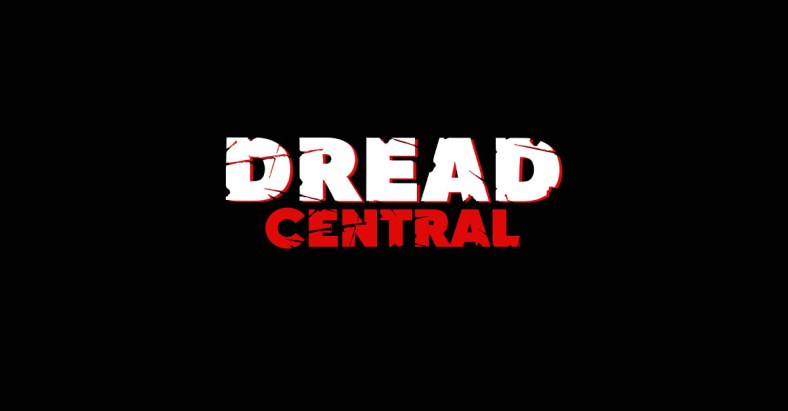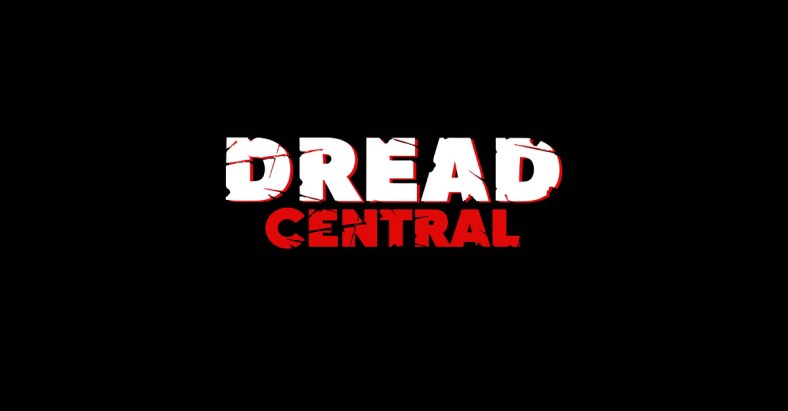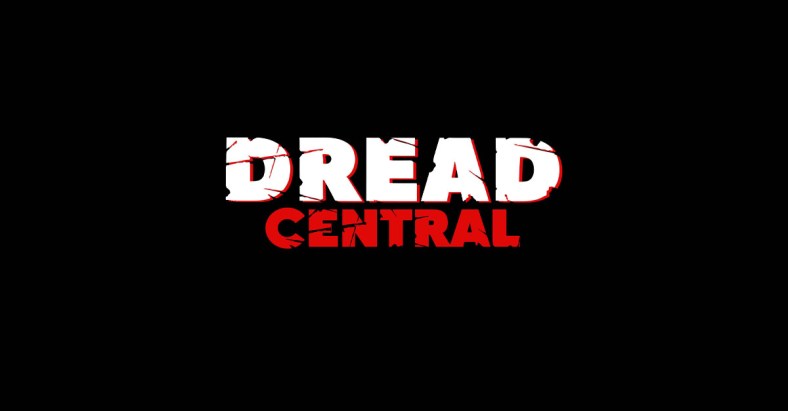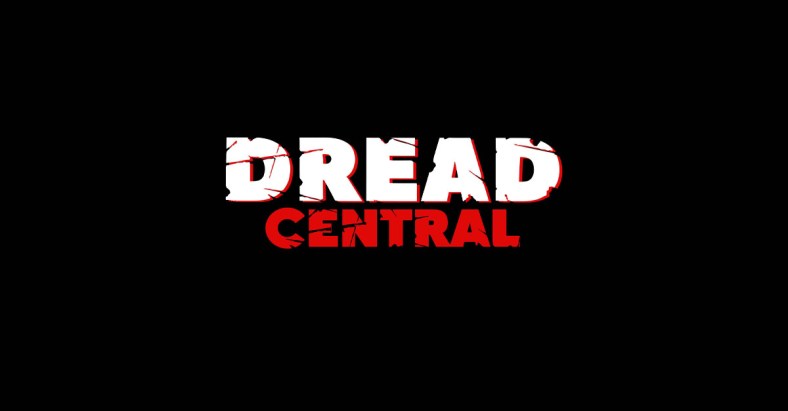The Making of The Blair Witch Project: Part 2 – Getting to the Woods

Thanks to John Pierson (who also discovered the indie documentary smash hit Hoop Dreams), IFC’s “Split Screen” aired our Blair Witch Tapes pitch tape with some interview footage of Ed, Dan, and Gregg for context on August 15, 1997. It was a subversive move, putting something on basic cable which referred, at the time, to no movie that had actually been made.
But in an era where to get anything on television at all was a giant victory, our group took the victory lap. We had a party in the beige stucco house where Ed, Dan, and Dave Brown (who would go on to collaborate with Ed and Dan on something called Heart of Love) were all post-college roommates, drank beers, and watched the broadcast live.
Related Story: The Making of The Blair Witch Project: Part 1 – Witch Pitch

I can’t emphasize how big of a deal this was to all of us – some nutball idea we had that Mike Monello had stitched together at Dan’s office at Chapman/Leonard studios was airing on a national cable network and people who’d never heard of us were going to see it. If nothing else had happened at this point, this would have still been a significant step for all of us.

I don’t know the specific financials of the actual Blair Witch Project shoot (and this is all I plan to say about them anyway) – but I remember the shooting budget being said to be around $25K when we were making the thing – and it’s always been my understanding that “Split Screen” was a big part of it and one that few people understand. Here’s why: They actually paid us a fee for the segment like they’d pay anyone who went out and created seven minutes of television.
And after this aired, we were to go out and shoot what we were calling “Phase 1” – what we saw at the time as the small-but-significant part of the movie, the part with the kids in the woods filming stuff with their cameras – or as you know it, the entirety of The Blair Witch Project. Then, after our shoot we created yet another segment using some of our new footage and interviews with Dan, Gregg, and Ed. And I’m bringing this up now because those two segment fees (to my knowledge and based on what I was told at the time) ended up comprising a significant amount of that $25K budget we used to shoot. Therefore: No “Split Screen,” no Blair Witch. And as I’ll explain later, no “Split Screen,” no Blair Witch website.
Or at least not as it is, not as anyone would remember it.
Around this time, the lengthy casting had been going on for many months, and although I was not personally a part of casting at all, I know it was done in at least three places: Orlando (where all of us were based), New York, and Los Angeles. Ed and Dan have talked extensively about how the casting process was done, so I won’t elaborate much here except to say that it was non-union and the actors were forced to improvise from the moment they walked into the audition room. There was, to my knowledge, no “Hi, my name is Dan, and this is Ed; great to meet you; here’s what we’re looking for…” talk in these auditions. There was a scenario an actor would have to accept immediately and then walk in and be interrogated by Ed and Dan. Intense stuff to ask of a non-union actor in his or her 20’s. Months and months and months of this.
In the meantime I’d floated around, did more makeup (monster and otherwise) on more movies in the Southeast and a few others, fell out of love with being a makeup artist, and decided to focus on directing as much as possible. In early 1997, I worked on my final movie as makeup artist, the only David Prior movie in my experience to ever be a huge drag for everyone to work on, Watership Warrior (AKA Hostile Environment). I got fired from my job waiting tables and thanks to Mike Monello hired as a manager/projectionist at the Enzian Theater in Orlando (home of the Florida Film Festival – all of this will pay off, I promise), and I focused on directing theater, local commercials, and other Orlando projects while working day jobs.
And I was dead broke.
But in the background there were always murmurs that something was brewing, that Ed and Dan had found a good actor or whatever. I’d occasionally get the scoop from Gregg on what was going on with this crazy improvisational horror movie idea that I hoped would move forward one day. And the “Split Screen” exposure (and probably the money) had injected some interest into the project.
That summer, at the Enzian office, Gregg had asked me, “If Blair Witch were to happen, what’s the least amount of money you could afford to live on?”
At the time, my needs were pretty modest. I owned a beater car, worked a couple of low-paying jobs, and had left my fancy downtown Orlando roommate situation and had moved in with my father – who did charge me rent, but less than I’d been paying.
“I don’t know,” I said. “Three hundred per week?” Hilariously, this was completely true.
Done.
Gregg offered me the job as Production Designer on The Blair Witch Project, shooting at the end of October. I’d go with him up to Maryland and crash at Ed’s girlfriend, Stefanie’s, condo in Germantown, Maryland, with everyone else. The core team would include five of us: Ed and Dan and Gregg of course, then Neal Fredericks as director of photography and myself. Ed had some helpful friends along I would get to meet and who would work extensively on the film, including his cousin (and BWP composer) Tony Cora, the aforementioned Stefanie and her sister, Carolyn, and his friends Rick Moreno, Lonnie Glerum, and Fahad Vania. And there was an intern named Patty whom nobody had met yet.
The idea of everyone crashing in a house while we made a horror movie reminded me of my recent experience on Bryan Todd’s The P.A.C.K., where the entire cast and crew had crashed all over David Prior’s bayou-front cabin/estate for three weeks like some kind of Cub Scout Creature-Feature Camp. I didn’t think about The Blair Witch Project (as they were calling it by this point) as a career move; I thought about all the fun we would have fucking with three actors in a tent in the woods in the middle of the night.
I signed on.
So on October 4, 1997, Gregg and I drove up to Maryland together from Orlando, more than twelve hours in the car. We got to Stefanie’s place, unloaded our bags, and I wanted sleep more than anything until Ed said, “You guys wanna go see the house?”
Not where we were staying, but the house. The one that would end the movie. Holy shit, did I want to see the house. Back in the car we went for another hour.
We arrived at Patapsco Valley State Park, turned onto a nondescript, one-lane uneven dirt road, and drove into electricity-free darkness. To our left was a vast forest, to our right a decommissioned Nike missile base – barracks and all – half-assedly enclosed with a chain-link fence. We drove on, maybe a quarter mile it seemed like. We parked and got out of the car.
“This way,” Ed said, walking into the woods, and I realized I could see my breath. It hit me for the first time how humid and cold the Maryland nights were going to be, compared to our year-round heat-misery thing we had going on in Florida. Take note, Florida boy… it’s going to get cold.
We walked past the remnant of an old house, a brick chimney just sticking out of the ground. There were a few other derelict semi-houses sticking out of the ground like a house-graveyard. My brain made up a story (still completely unconfirmed) that when the missile base was built there in the 1950’s, these houses were abandoned and left to rot on state park property. Most had collapsed already.
“Here it is,” Ed pointed into the darkness. I saw nothing.
“Holy shit.” Gregg said.
I took a few more steps into the darkness, looked up, and saw the most ominous thing I’d ever personally encountered. That house. Three stories of shouldn’t be there precariously dropped in the middle of the dark forest.

We walked up. No door. We walked in.
“How did you find this place?” I said.
“Matt Compton!” Ed replied. Matt had already moved to LA and wasn’t around for the shoot, but while he was living in Maryland, he’d helped Ed to do some scouting. A few years later I’d meet Matt in LA, we’d eventually form a production company together for nine years, and I still work with him to this day.
Back to the house… Nothing about it seemed safe. Graffiti tags covered the walls, and clearly homeless people had been living there. There were no rails on the stairs going up three floors, so when climbing the creaky stairs (which didn’t seem safe even then), it was best to hug the walls. Every surface would smear or blot its residue onto you or your clothes, so leaning against walls or touching anything was a bad idea, and it smelled like an abandoned mildew depot.
The three of us walked up to the attic, a cold empty room with a window view of the blackness of the state park at night, the sounds of crickets, the smell of water damage. It’s hard to imagine what that house must have been like when people lived in it because it seemed to have been built exclusively so that what was done there would be invisible and inaudible to civilization.
And the basement: a tiny brick-enclosed tomb with a low ceiling. In the dark, cold humidity, we tried to read the graffiti off the walls through my flashlight beam despite the dust we’d kicked up and our frozen breath and the sense that at any second a ghost or the devil or a meth-head or a raccoon might tap us on the shoulder or attack us.
This was the place it would all end. Pre-production the next day.
TO BE CONTINUED NEXT MONDAY

Categorized:News
